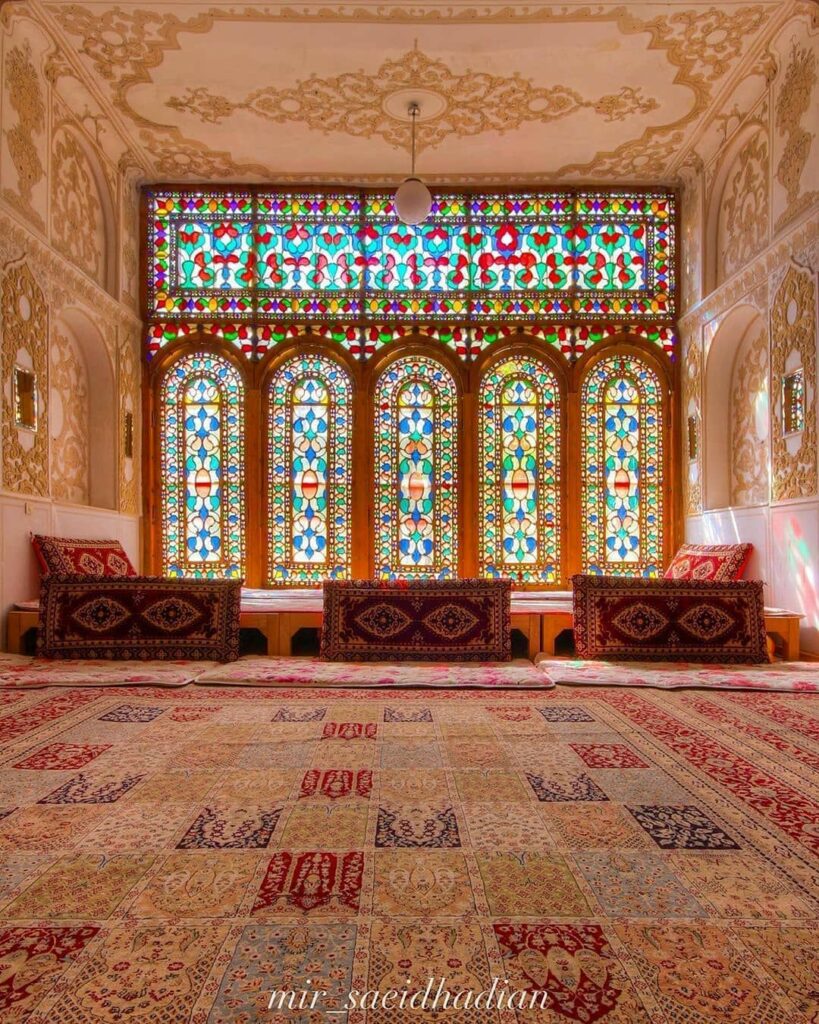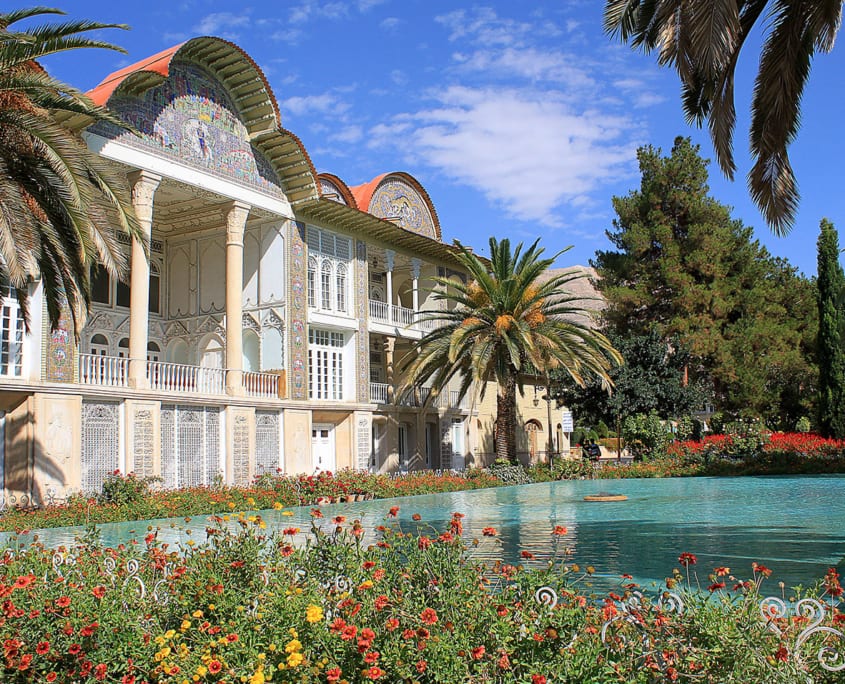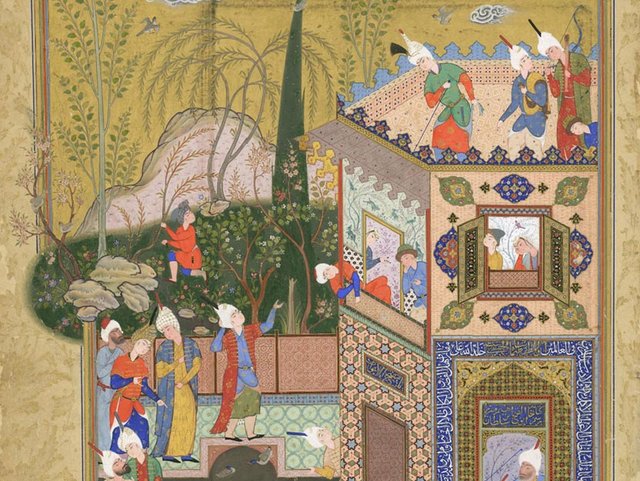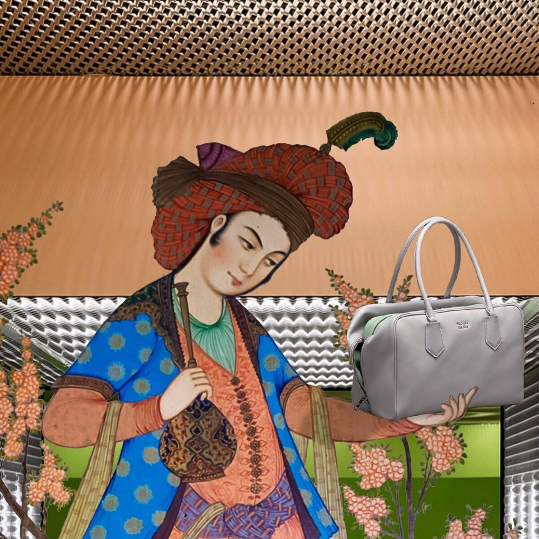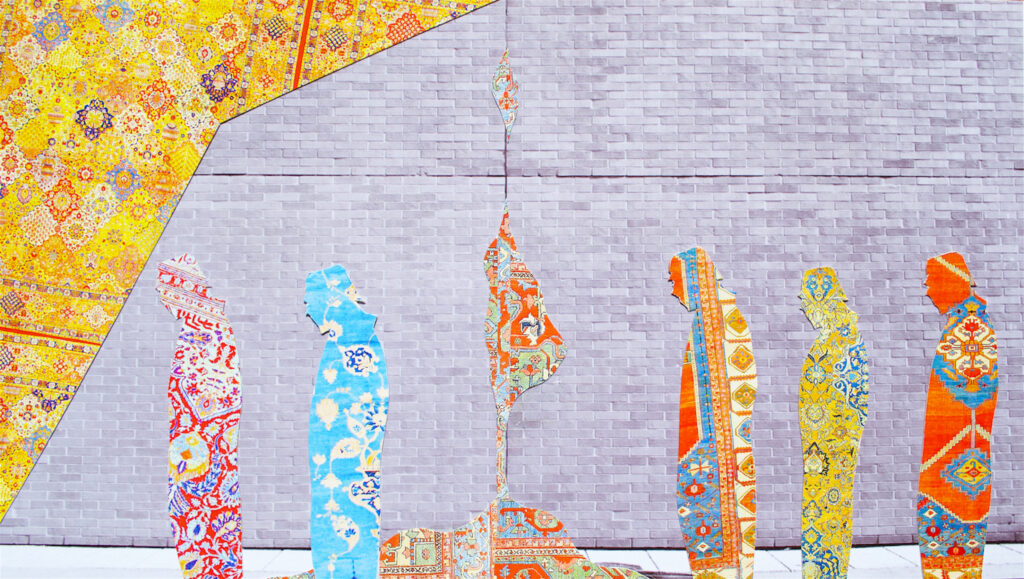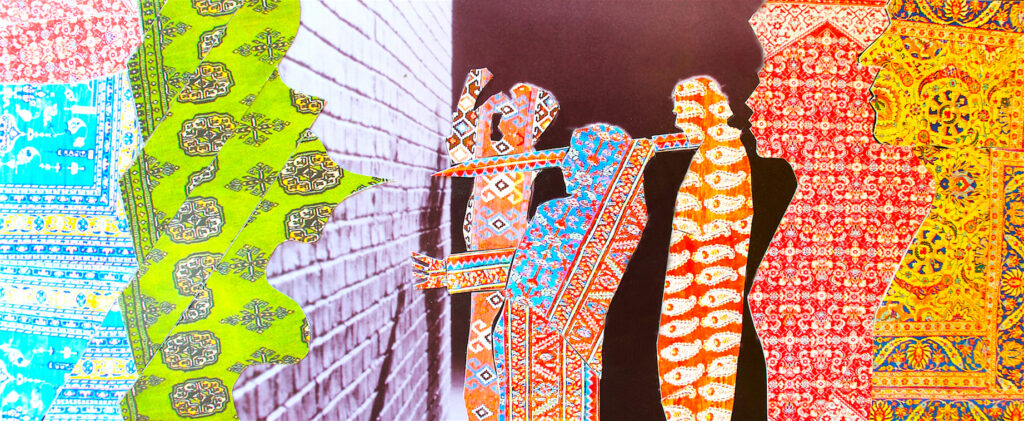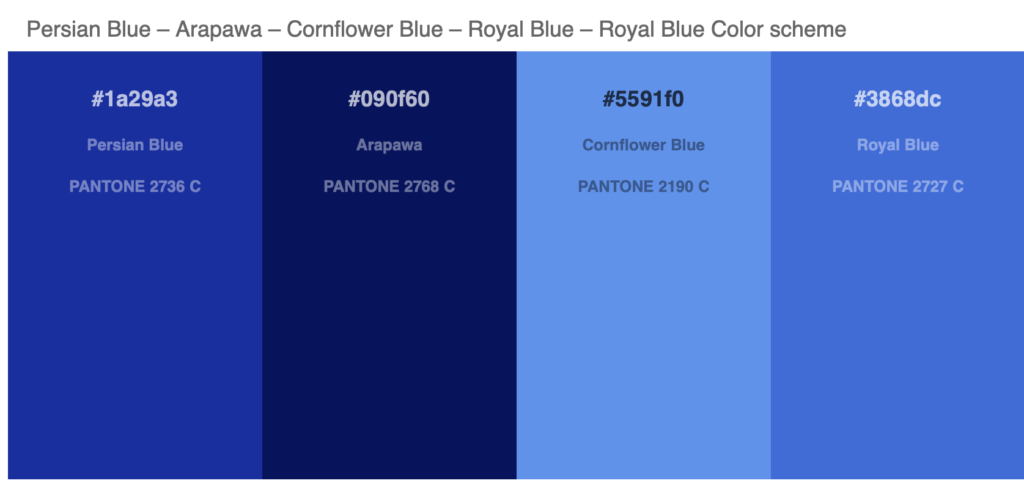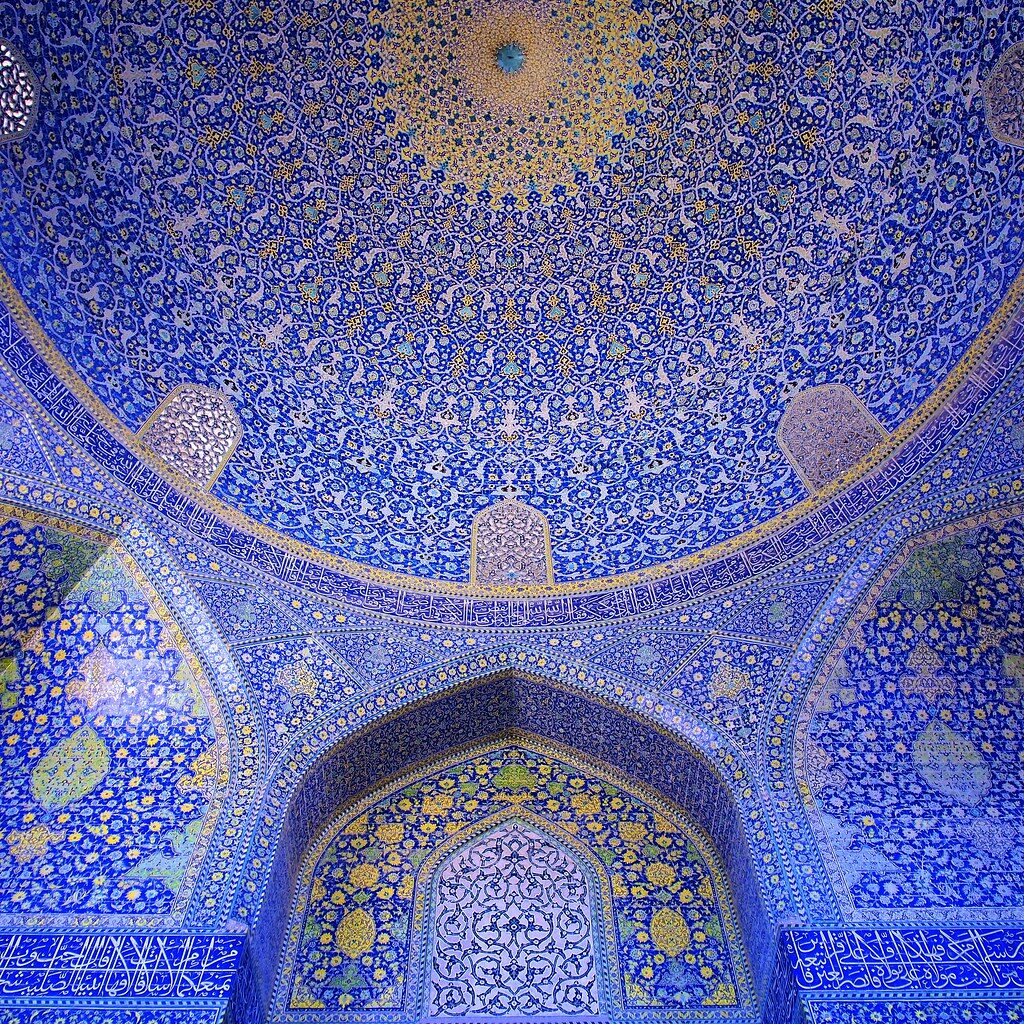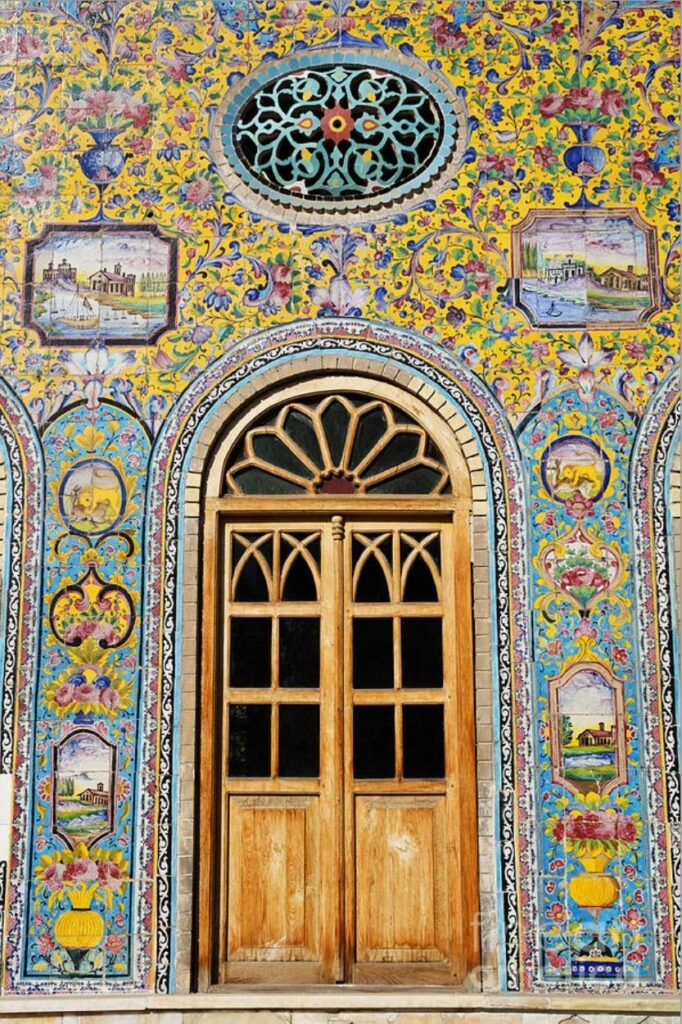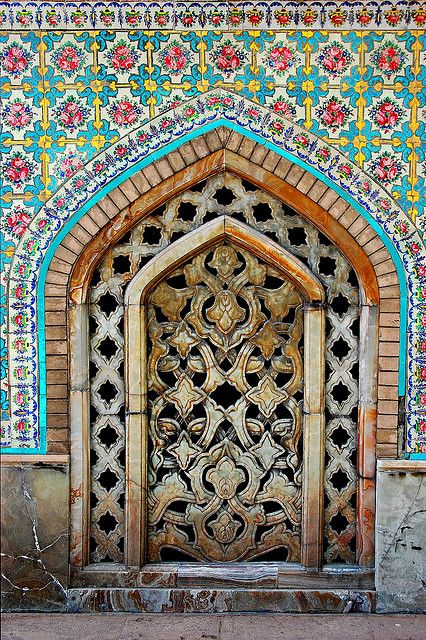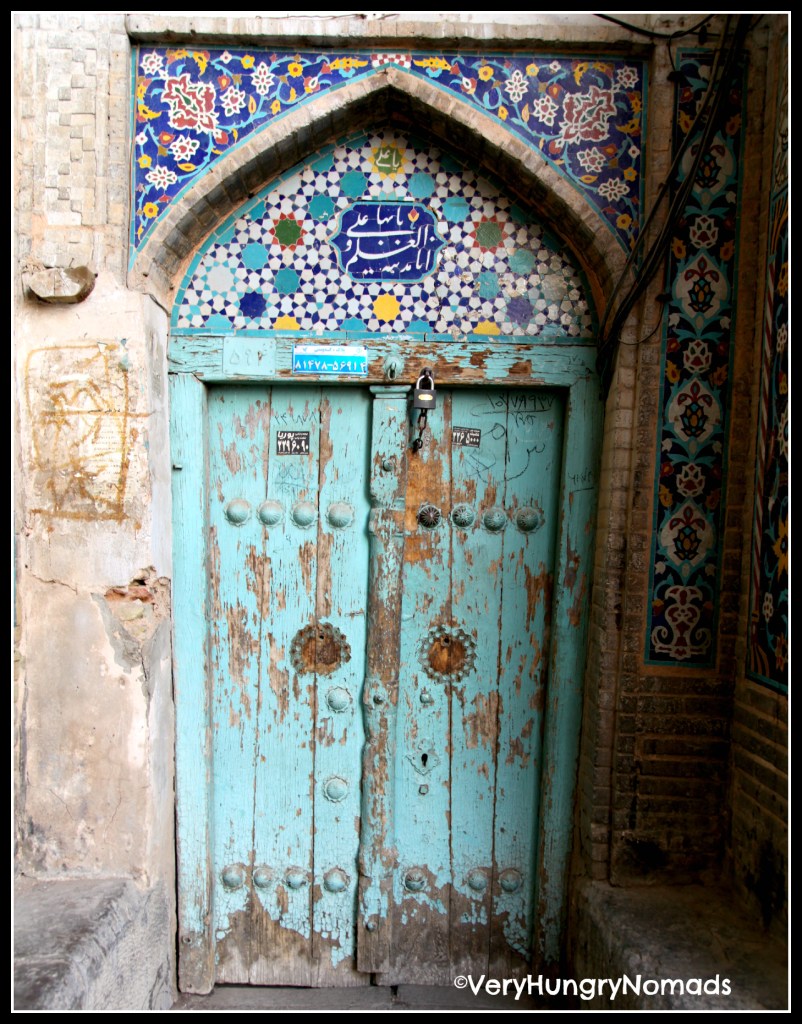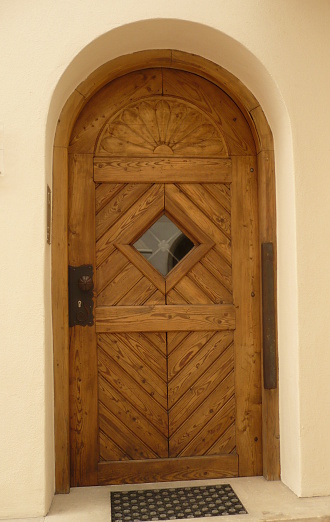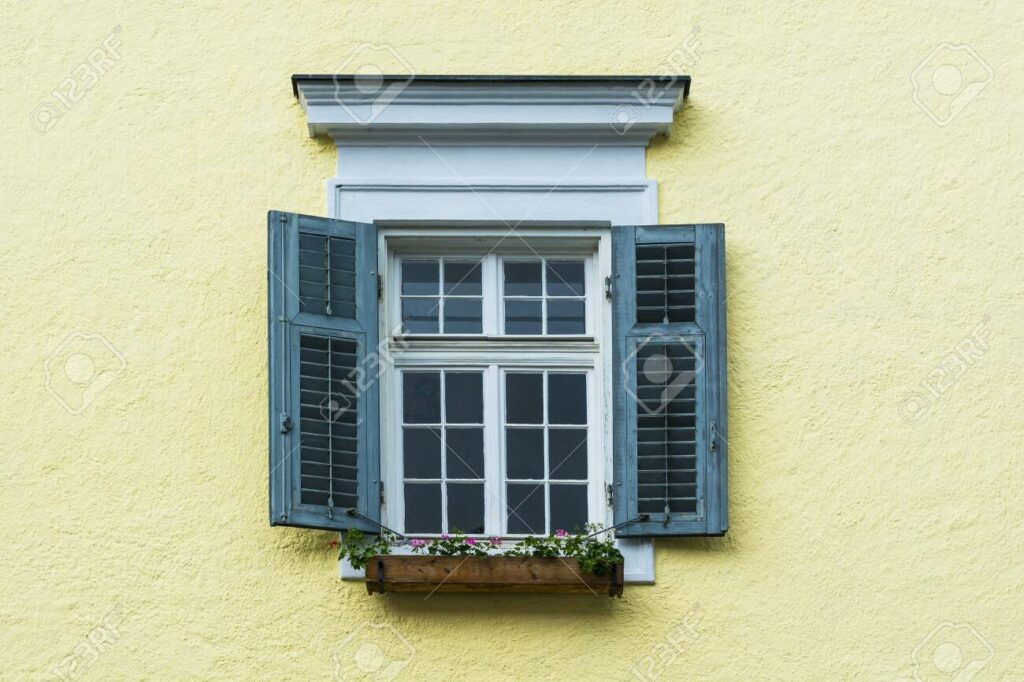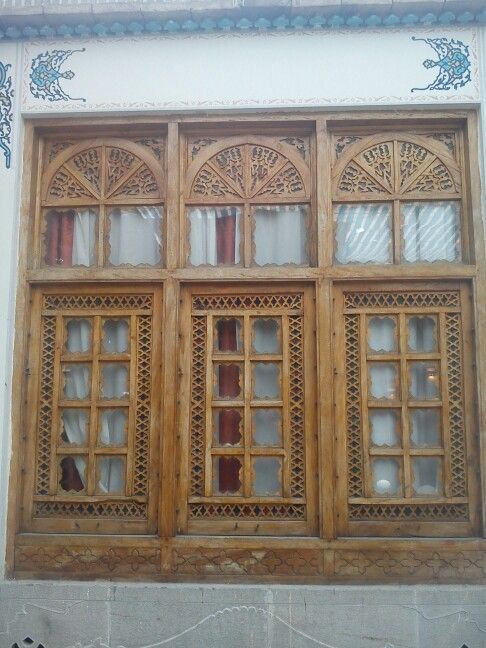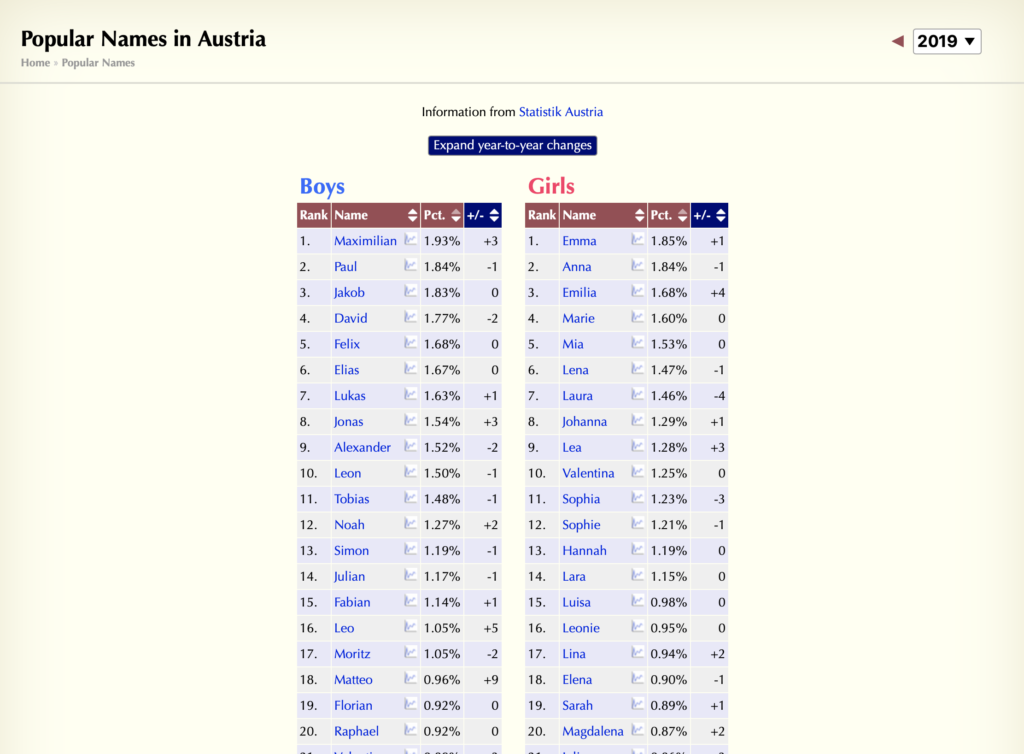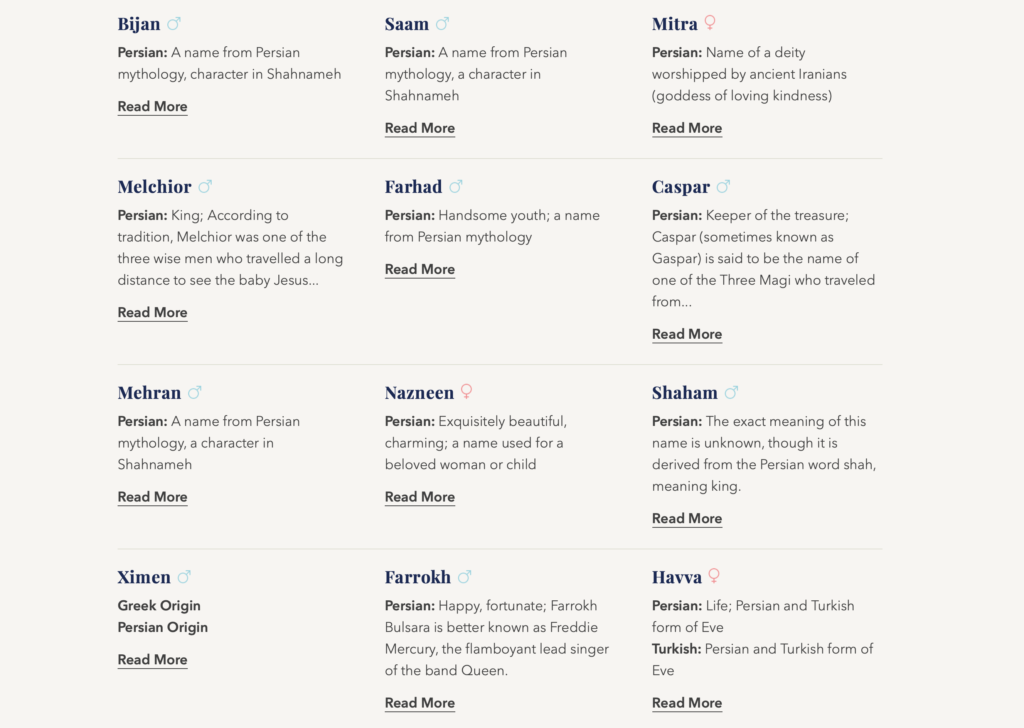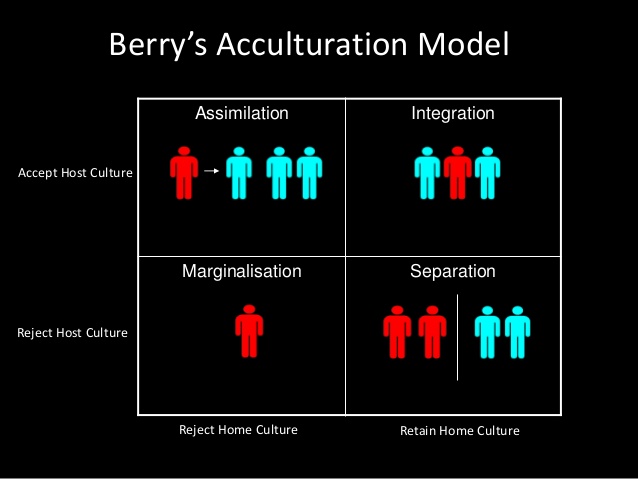Every human being has a hidden treasure in him/herself. As far as we know, it is not allowed to prejudge a person based on her nationality. But why do numerous misunderstandings happen when different people with different cultural backgrounds meet each other? Why do people need some time to adopt themselves to the new and unknown culture? According to Erin Meyer the author of the book the culture map we need to differentiate between character types such as introvert and extrovert with the cultural background of people. I suppose, an important part of each human being is a product of his society. Cultural values, norms, traditions and people who she faces everyday play an important role in order to shape her behavior.
Since my childhood, Cultural and anthropological themes have been interesting for me because my parents come from different regions in Iran which are more than 1000 km far from each other. My mother always speaks Turkish with her family. However, we always talked Farsi at home. I was a curious child and eager to know what my mother was talking about with her siblings, so I learned Turkish by listening to her while she was talking with her family. Most of my relatives have been migrated to north America and we as cousins usually speak English with each other. Raising in a multicultural family and living alone for the past five years in the central Europe with a different culture, gave me opportunity to learn more about human beings than I expected. Despite many struggles and challenges that I need to deal with them, the curious child inside me is still alive and eager to treasure hunt middle European cultural beliefs.
Culture can influence different aspects of life. But if you ask me if culture comes first, I would say no. I think, there is one step before culture, which is language and literature. It is fascinating for me that there is an opportunity to decode a culture by decoding its language rules. Before getting into deeper examples I need to remind you that this assumption is personal and not scientifically proven yet. German language is heavily based on clear grammar and there is almost an exact word for every object. If you see the houses or the architecture, design and arts, cities or villages you easily see the clean and clear grammar in everything. If you offer people something, like food, they can say yes or no, based on what they need at that specific moment. Now let’s take a look at Farsi, which is an Indo-European language. Farsi is an open and visual language. People use an indirect language and if you ask them if they want to have some food, they always answer with no. It is considered that you need to ask them three times and if they say no after three times, then it really means no. Because accepting something straightforward is considered as impoliteness. It was a hard challenge for me to give direct answers in Austria and is still a challenge.
There are numerous different cultural aspects and objects that could be investigated. I have chosen a well-known object that everybody around the world has it or has seen it during his life. The window. Windows are vanishing points of our daily lives. You can look through yourself or travel in your thoughts and inner self by looking outside through the window. It is impossible to live, study or work in a room without them. I would suggest to think about it as a prayer spot for the soul. Or let me change the prayer spot to flying spot. Human beings always dreamed about flying. Window is the starting point for the flying thoughts and imagination.
From the visual point of view, windows have usually a uniform quarter shape around the world. Well, this sentence is very general. If you take a deeper look into the details, you will notice significant differences. For example, windows are usually placed all around the façade of the building in the Europe. People open windows and it is very normal. It was not like this in Iran before the beginning of the modern architecture. Windows always faced inner yard in private houses in Iran. Since 60s and 70s Iranian started living more in apartments that are covered with windows like in west. After the year 1979 and the beginning of Islamic revolution and the lack of freedom people started consuming curtains to cover their private lives and have parties and fun because due to the regime it is not allowed and even considered as a criminal act. Now after more than 40 years of an Islamic ideological government, curtains became a crucial decoration element in Iranian houses. It started with hiding the reality from the religion police and now is an important symbol of wealth and social milieu. I was informed last week about a surprising research that says, from the beginning of corona and lockdown people buy more heavy curtains in Austria to cover their windows.
There are thousands of daily objects that we interact with them during our lives. Each of them has its own story and perception in different geographical areas.
You can look through a window from inside or outside and every time you get a different cognition. It pictures my own life, my background and the journey that I have started.
Bibliography
Meyer, Erin. n.d. The Culture Map.
